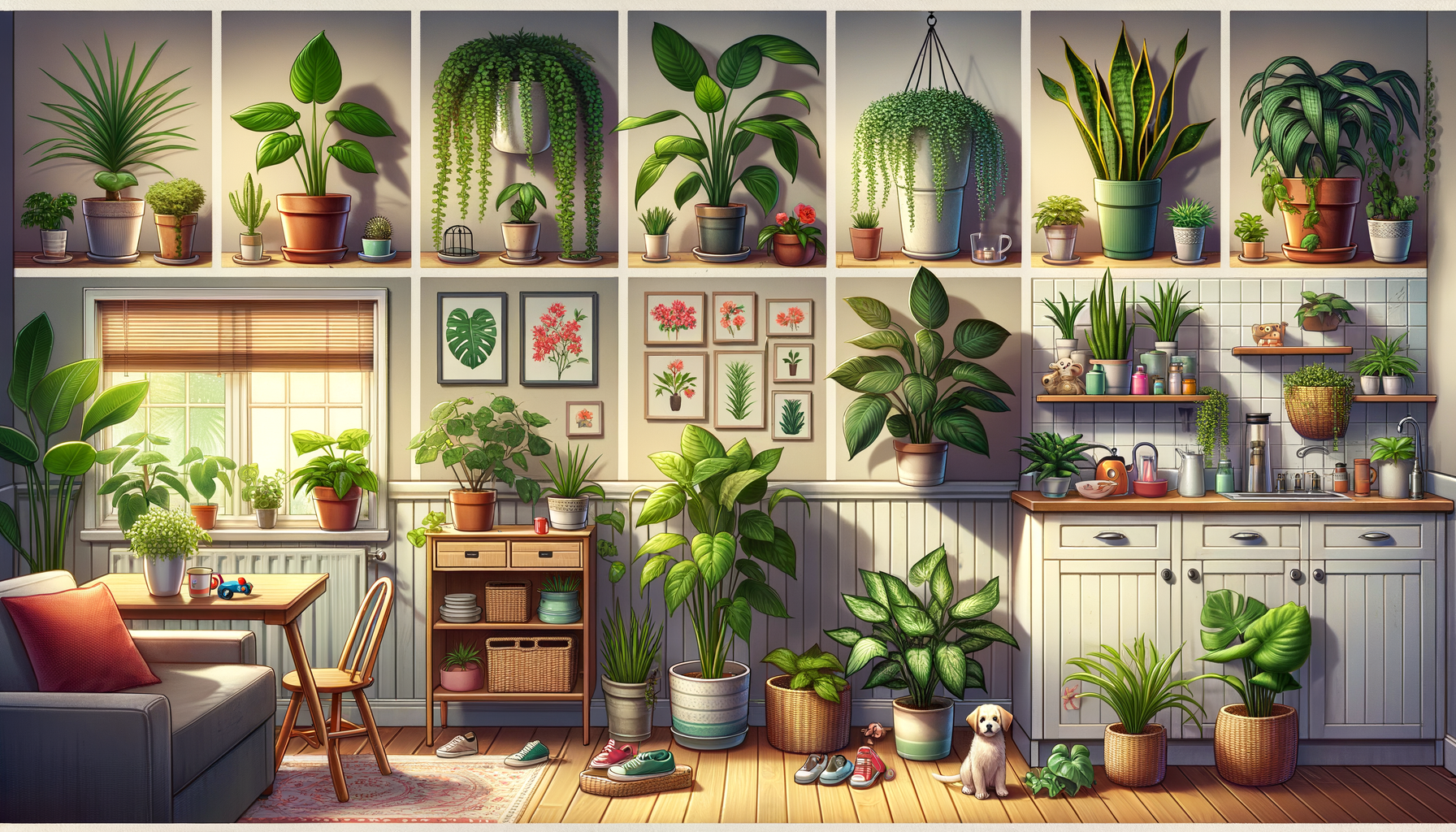10 Common Houseplants That Could Be Endangering Your Family’s Health

Houseplants can enhance the beauty of any home, adding a touch of nature and improving air quality. However, some popular indoor plants can pose hidden risks, especially for children and pets. If you’re a plant enthusiast balancing the joys of greenery and the safety of your loved ones, understanding these potential hazards becomes essential.
One well-known plant to be cautious of is the Peace Lily. With its striking white flowers, it’s a favorite among homeowners. Yet, its leaves contain calcium oxalate crystals that can cause severe irritation if ingested. Symptoms can range from a burning sensation in the mouth to difficulty swallowing and, in severe cases, breathing problems.
Another common household plant that carries risks is the English Ivy. Recognized for its trailing vines, this plant can cause dermatitis upon contact. If ingested by pets or children, it may lead to vomiting, abdominal pain, and even more serious complications.
The Aloe Vera plant, celebrated for its soothing gel used in treating minor burns and skin ailments, holds a different story. The gel itself is safe for topical use, but consuming the plant can cause a host of digestive issues, such as stomach cramps and diarrhea.
Philodendrons are widely admired for their lush greenery and easy maintenance. Despite these benefits, they also harbor calcium oxalate crystals, leading to mouth irritation, swelling, and difficulty breathing if consumed by unwary children or curious pets.
Snake Plants, also known as mother-in-law’s tongue, are prized for their hardy nature and air-purifying properties. However, they contain saponins, which can lead to nausea, vomiting, and diarrhea if consumed.
Don’t forget the beautiful yet dangerous Dumb Cane (Dieffenbachia). Its name derives from the plant’s effect of causing temporary speechlessness and swollen throat if ingested. Additionally, it can cause painful skin reactions upon contact with its sap.
Oleander, a stunning yet highly toxic plant, contains cardiac glycosides that can have serious effects, including irregular heartbeat, nausea, and even death if ingested in large quantities.
While the Jade Plant (Crassula Ovata) is considered lucky and easy to care for, it’s toxic to pets, causing symptoms like vomiting and a slowed heart rate.
Pothos, also known as Devil’s Ivy, is an attractive plant that’s incredibly easy to care for. Unfortunately, it also contains insoluble calcium oxalates that can cause oral irritation, vomiting, and difficulty swallowing if ingested.
To cultivate a safer indoor garden, consider non-toxic alternatives. Spider Plants, Boston Ferns, and Parlor Palms are excellent choices that don’t sacrifice beauty for safety. They are non-toxic and still offer the benefits of air purification and aesthetic appeal.
Simple precautions can help mitigate risks. Display potentially harmful plants out of reach from children and pets. Use educational opportunities to teach kids about plant safety. For peace of mind, research every plant before bringing it home and consider labeling your plants with their names and common toxicity levels.
Remember, a home filled with greenery doesn’t have to be hazardous. Thoughtful selection and proper placement can ensure you enjoy lush, vibrant, and safe living spaces.
